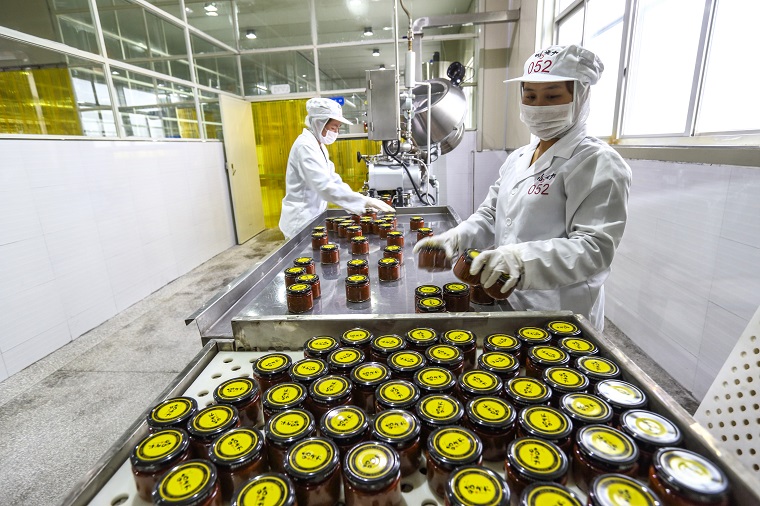Are Special Economic Zones the Key to Unlocking Greater Economic Growth in the GMS?

Special economic zones have shown to be centers of growth and incubators of good practice. Photo: ADB.
Special economic zones combined with economic corridors are a potent force for prosperity in the Greater Mekong Subregion.
Leaders of the countries of the Greater Mekong Subregion (GMS) are working to combine two of the most powerful forces in national economic development: special economic zones and economic corridors.
Special economic zones are generally defined as geographic areas where the rules of business are different from those that prevail in the rest of the nation. This usually involves creating a business environment that is more liberal and effective. They are powerful tools for creating pockets of business efficiency that help spread prosperity to surrounding areas.
According to the International Labor Organization, the number of special economic zones grew from 176 in 47 countries in 1986 to 3,500 in 130 countries 20 years later.
Since 1998, the Greater Mekong Subregion has been using economic corridors to promote economic growth and development. Economic corridors are an integrated system of roads, rails, and ports that connect GMS countries. They link centers of production and demand, such as capitals and major cities, and act as gateways for regional and international trade.
Special economic zones can serve as an impetus to stimulate economic activity along GMS economic corridors and especially in the border areas.
Business incubators
Special economic zones have a long history in some GMS countries. They were part of an early stage in the “open door” policy of the People’s Republic of China (PRC). Four special economic zones were created in coastal cities when the economy was opened up, and since then hundreds of special zones have been established.
Viet Nam has also been active in creating special zones, and in 2014 reported having a total of 27 border economic zones (though some are inactive).
By 2015 all GMS countries had embraced special economic zones in principle, although not all have been successful.
Special economic zones have shown to be centers of growth and incubators of good practice. Border special economic zones can have added impact by improving integration along international supply chains, although maximization of such benefits requires cooperation on both sides of the border.
The PRC, Thailand, and Viet Nam have had long and generally successful experiences with special economic zones, although these generally have not been border special economic zones. This illustrates that successful special economic zones can be government-run, as in the PRC, or private, as in Thailand and Viet Nam.
Infrastructure and incentives
Special economic zones should be well-managed, provide good infrastructure and public services, and reduce red tape. Tax and other financial incentives can help to attract investors to special economic zones, but are not sufficient conditions for success.
The special economic zone experience of Lao People’s Democratic Republic (Lao PDR) is an illustration of the fact that successful special economic zones take time to evolve. But with good infrastructure and public services well-managed, special economic zones can thrive.
In Lao PDR, Savan Park in Savannakhet province followed the example of Thailand’s privately managed industrial zones, but at a slower pace. It required up to four years of preparation before the first firms were producing there and another three to four years before it was operating successfully.
The path to success for Savan Park involved hard infrastructure, including building a bridge to Thailand, and identifying a firm to manage the zone. Further infrastructure had to be put in place before investors started to build production facilities, and even after that there was an ongoing process of upgrading and maintaining infrastructure.
Last Updated: 31 July 2017
